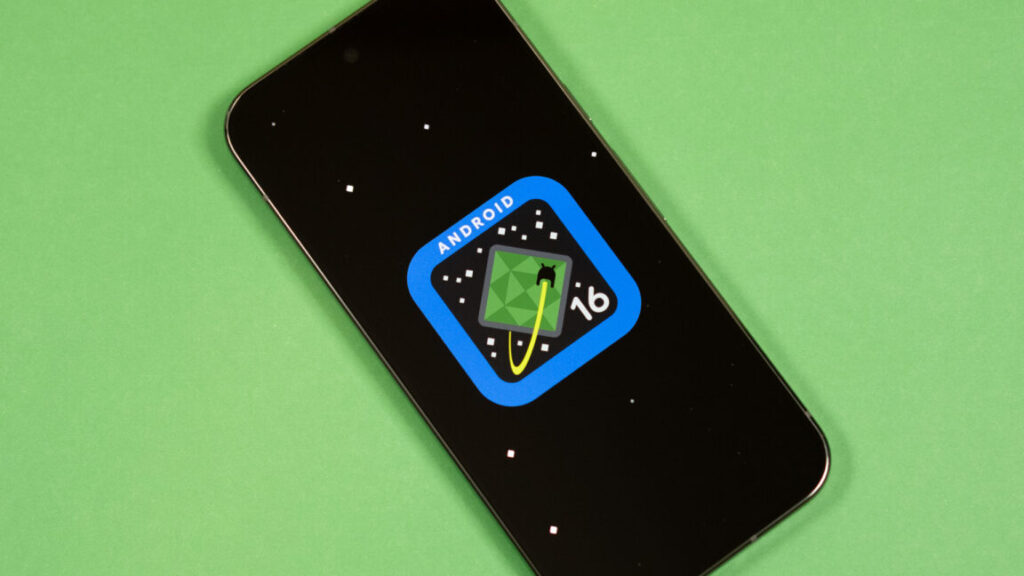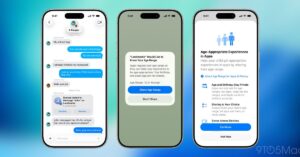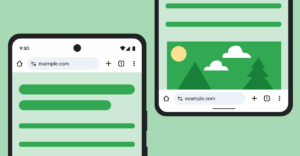
Google recently released Android 16, introducing a handful of new features for its Pixel phones, with the promise of further updates in the future. Despite the seemingly straightforward numbering, Android 16 is actually the 36th major iteration in a lineage that spans nearly two decades. Since the first Android release in 2008, the evolution of smartphones has been marked by significant trial and error. Fast forward to 2025, and the formula for smartphone operating systems has been thoroughly explored, leading to less dramatic innovation in each annual release. This trend is exemplified by Google’s approach to Android 16.
The latest release is perhaps the most unremarkable version of the platform yet, but this is by design. Google has long aimed for a world where the average phone user doesn’t need to worry about Android version numbers. This subtlety is part of a broader strategy to make the user experience seamless and intuitive.
Subtle Changes with Big Implications
Upon installing Android 16 on a Pixel phone, users might need to delve into settings to confirm the update, as the visual changes are minimal. Only those with a keen eye for detail may notice the updated icon styles in the overview screen or the additional options in the overview app menus. These minor style tweaks hint at more significant changes expected with the future release of Material 3 Expressive.
Among the understated yet thoughtful user interface changes is Google’s predictive back gesture, which now allows the previous screen to peek out from behind the current one, enhancing navigation fluidity. This feature, although minor, exemplifies Google’s commitment to refining user experience.
Embracing Larger Screens
Android 16 also marks a step forward in addressing the long-standing neglect of larger form factors by Android apps. With the new API level 36, apps will default to edge-to-edge rendering, eliminating the navigation background and creating a more immersive experience. This change is part of Google’s ongoing effort, initiated with the Android 12L release, to improve app scaling for foldable phones and tablets.
Historically, Android apps have struggled with adapting to larger screens, often rendering a phone-sized interface on tablets and foldables. Google’s renewed focus on adaptive apps aims to rectify this, ensuring that all big-screen Android devices benefit from a cohesive and optimized user experience.
Expert Insights and Future Directions
According to industry experts, the incremental nature of Android 16 reflects a broader trend in smartphone development, where the focus has shifted from groundbreaking features to refining existing technologies. As smartphones become more mature, the emphasis is on enhancing stability, security, and usability rather than introducing radical changes.
“The evolution of Android has reached a point where the platform is stable and reliable, allowing Google to focus on polishing the user experience,” said tech analyst Sarah Thompson. “This approach ensures that users benefit from a smooth and intuitive interface without the need for constant adaptation to new features.”
Looking ahead, Google’s strategy with Android 16 suggests a future where software updates become less about flashy new features and more about seamless integration and user satisfaction. As the company continues to refine its operating system, users can expect a more cohesive and immersive experience across all devices.
In conclusion, Android 16 may not be the most exciting release in terms of new features, but it represents a significant step towards a more unified and user-friendly Android ecosystem. As Google continues to innovate and adapt, the focus will likely remain on enhancing the overall experience for users, regardless of the device they choose.







